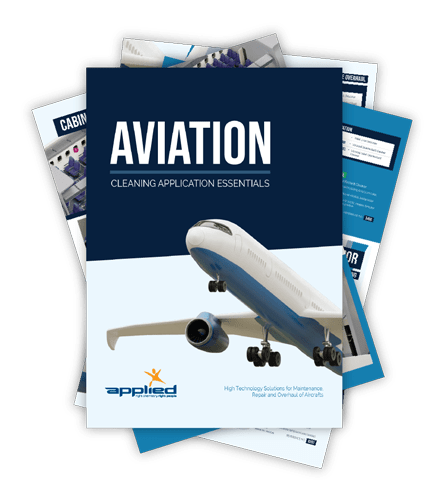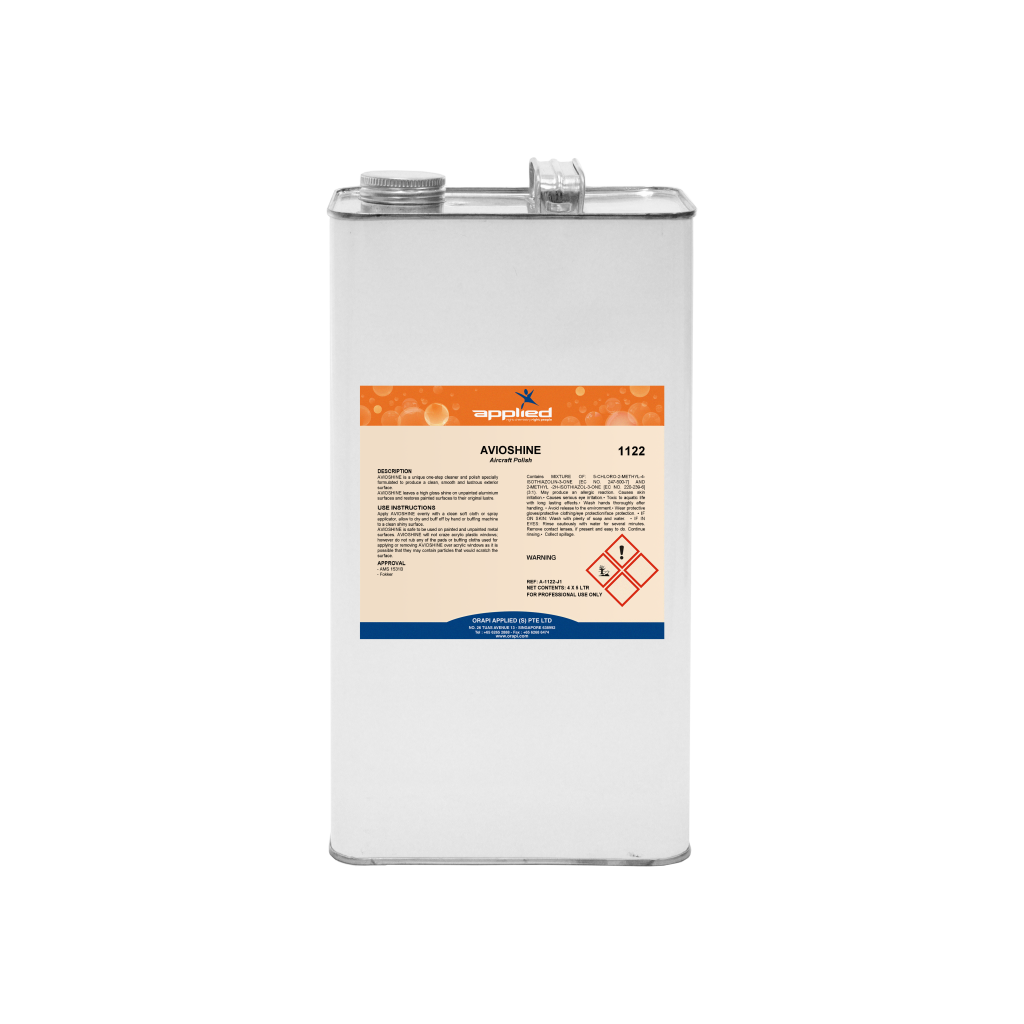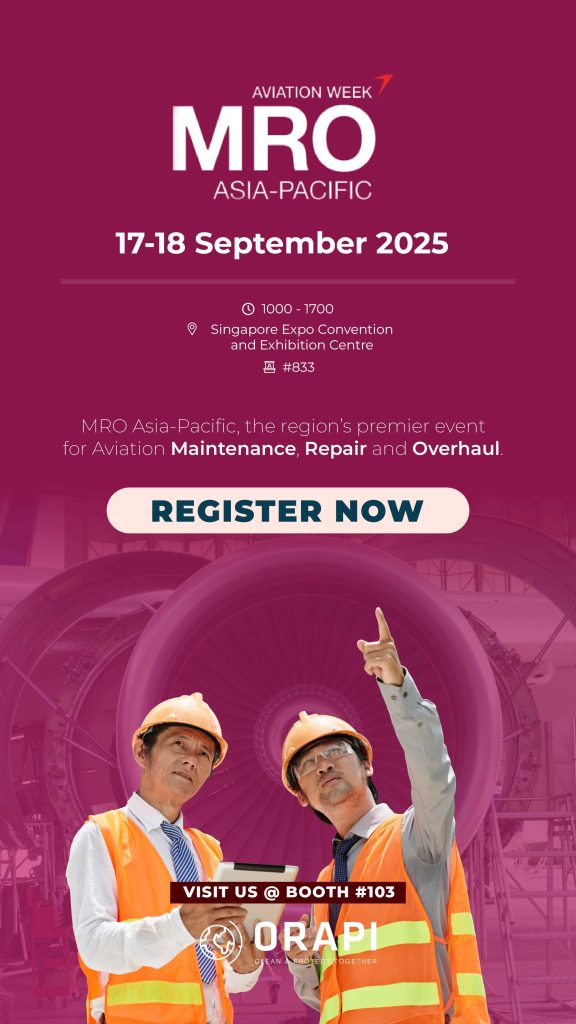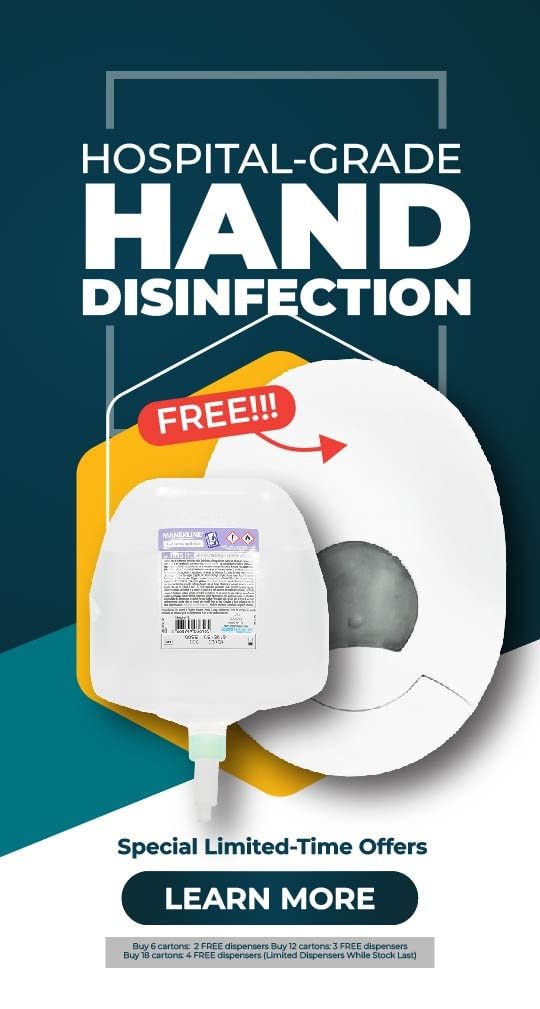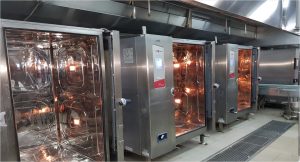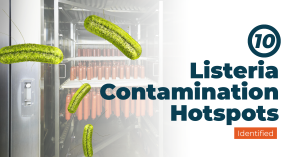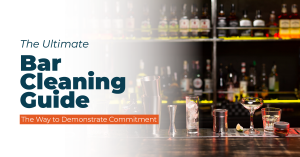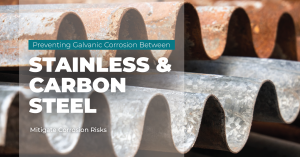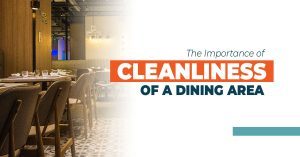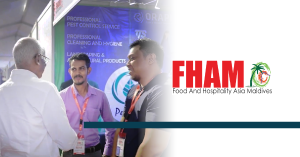
Aircraft exterior cleaning, often called aircraft detailing, involves restoring the aircraft’s surface to its original condition. This process can be done using a variety of methods, such as a traditional water wash, a simple wipe-down with spray cleaner and cloth, or a more thorough cleaning without water. However, in this article, we will be focusing on aircraft exterior polishing and dry wash, two important aspects of aviation MRO. The goal of exterior cleaning is to remove dirt, insects, exhaust streaks, oil stains, and other contaminants from the aircraft’s surface. Doing so not only enhances the aircraft’s physical appearance but also helps preserve the paintwork, extend the lifespan of the exterior, and protect associated components from potential damage.
Introduction to Aircraft Exterior Dry Wash
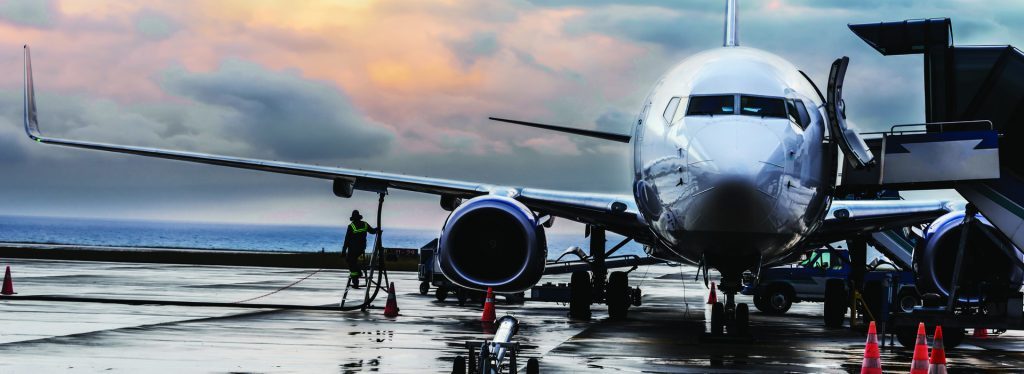
Dry washing is effective for removing light layers of airport film, dust, and minor dirt accumulations from an aircraft’s exterior, especially when the use of liquids is impractical or restricted. Dry washing also allows quicker turnaround times, eliminating the need for large washing bays and water containment systems. Additionally, it reduces the risk of corrosion since no water is left behind in hard-to-reach areas. The process is safer for sensitive components like electronics and reduces the environmental impact by minimizing wastewater runoff. However, it is important to note that dry washing is not suitable for tackling heavy deposits of carbon, grease, or oil, especially around engine exhaust areas. The dry wash process involves applying specialized cleaning materials using sprays, mops, or cloths, followed by removal with dry mops or clean, dry cloths, leaving the aircraft’s surface free from light contaminants.
Aircraft Polishing Painted and Unpainted Surfaces
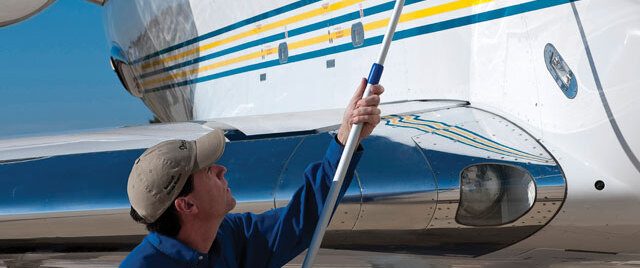
Aircraft surfaces that are not painted, often called brightwork, need to be regularly polished to remove surface corrosion and maintain their shiny appearance. Polishing is usually done when oxidation becomes noticeable, using either an orbital buffer or manually applying a non-abrasive cleaning and polishing solution. To protect nearby areas, surrounding painted surfaces and plastic components like light lenses are carefully masked off to prevent damage. After polishing, the surfaces are restored to a mirror-like finish, and all associated debris is thoroughly removed. Painted surfaces are also polished to maintain the aircraft’s high-gloss exterior and remove stubborn stains, especially around exhaust areas, ensuring the entire aircraft remains pristine.
Aircraft Polishing for Unpainted Aluminum

The process of polishing unpainted aluminum is an important aspect of cleaning the exterior of an aircraft. Specific areas such as the leading edges of the wings, horizontal and vertical stabilizers, engine inlets, and cockpit window frames are polished to bring back their shine. To protect the adjacent painted surfaces, these areas are carefully masked before polishing. Aluminum is polished either by hand or using orbital buffers with non-abrasive pads and aluminum-specific cleaning polishes. Each step of the process follows the manufacturer’s specifications to ensure thorough and safe cleaning, enhancing the appearance and durability of the aircraft’s unpainted surfaces.
Advantages of Aircraft Exterior Dry Washing
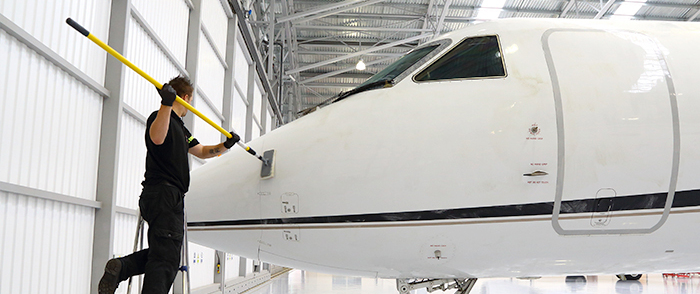
Water Conservation
Dry washing eliminates the need for large quantities of water, especially in areas where water is scarce or where water conservation is a priority.
Environmental Benefits
Reduces water runoff that could potentially carry harmful chemicals or contaminants into the environment, thus minimizing the environmental impact compared to traditional wet washing.
Reduced Risk of Corrosion
Since no water is used, there’s less risk of water seeping into the aircraft’s components, which could lead to corrosion or damage over time.
Convenience and Flexibility
Dry washing can be performed in locations where water access is limited or unavailable, such as remote airfields or during certain operational conditions.
Less Downtime
The dry washing process is often faster than traditional wet washing, leading to reduced downtime for the aircraft and quicker turnaround times.
Safety and Aircraft Integrity
Since no water is involved, there’s no risk of water freezing in cold climates or causing short circuits in sensitive avionics or electrical systems. This helps maintain the integrity and safety of the aircraft.
Improved Appearance
By dry washing, you can remove dirt, grime, and other contaminants, leaving the aircraft with a clean and polished appearance, which is important for branding and aesthetics.
Cost Efficiency
By reducing the need for water and the associated costs (like wastewater treatment), dry washing can be more cost-effective over time, especially in water-restricted environments.
Chemical Use Optimization
Dry washing products are often specially formulated to be safe for the aircraft’s surface and can provide added benefits like UV protection or anti-static properties.
How Exterior Dry Wash Products Works
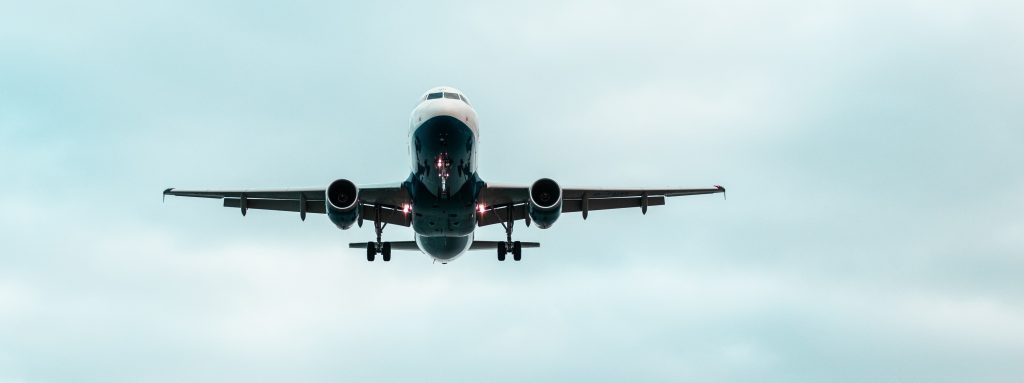
Step-by-Step Guide to Dry Washing a Plane
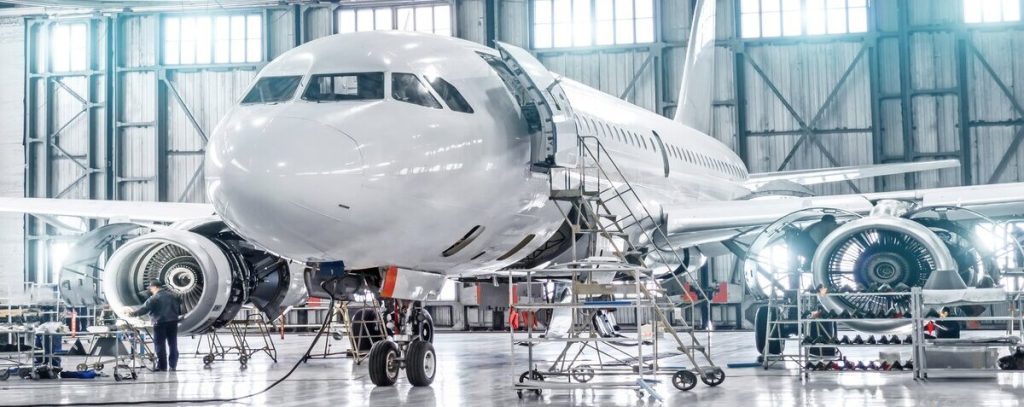
Preparation
- Ensure the aircraft is parked in a safe location, grounded, and all power sources are turned off.
- Install engine blanks or plugs into engine intakes and exhausts to prevent the entry of cleaning agents. Ensure the engine has cooled before installation and the blanks are secure and visible.
- Cover pitot tubes, static vents, APU intakes, air vents, and exhaust ports with appropriate covers to prevent contaminants from entering these sensitive areas. Protect avionics bay vents, sensors, antennas, and other delicate components.
- Ensure gear doors are closed or covered, and all windows, doors, and hatches are properly sealed.
- To prevent accidents like Aeroperú Flight 603 (where a maintenance oversight led to a fatal crash), the responsibility for fitting blanks should be assigned to engineering personnel, and a technical log entry should be made to confirm their installation and subsequent removal.
Choosing Appropriate Cleaning Agents
Selecting the right cleaning agents is essential for safe and effective aircraft dry washing. Use products specifically formulated for aircraft exteriors and always follow the manufacturer’s guidelines. pH-neutral soaps and detergents are ideal for removing dirt and grease without damaging the paint or materials. For areas with heavier grease or oil buildup, such as around the landing gear, specialized degreasers may be required, provided they are safe for aircraft use. Avoid harsh alkaline or acidic cleaners unless absolutely necessary, and ensure that any used are rinsed thoroughly afterward.
ORAPI RECOMMENDS:
Exterior Dry Wash Technique
Special Considerations
- Avoid using abrasive tools or strong solvents that could scratch or damage the aircraft’s surfaces.
- Always refer to the manufacturer’s cleaning guidelines for the specific aircraft model.
- Ensure that environmentally friendly cleaning agents are used and disposed of properly to minimize environmental impact.
Conclusion
In summary, it is important to learn how to clean the exterior of an aircraft through dry washing and polishing. Not only does it improve the aircraft’s appearance, but it also helps preserve its structural integrity and extend its exterior lifespan. Operators can maintain their aircraft effectively while minimizing environmental impact and reducing downtime by selecting the proper cleaning products and learning the right steps for aircraft exterior dry wash. This approach ensures that the aircraft remains in top condition, both aesthetically and functionally, ready for safe and efficient operation. If you want to learn more about aviation MRO and ORAPI’s recommended solutions, products, and services for the same, click here.
Complete list of Aircraft MRO + Cleaning Products under 1 Download
